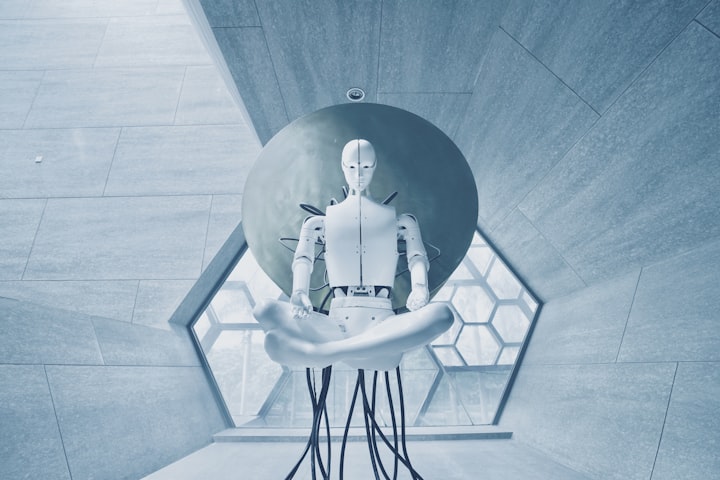
Introduction
Robots have become increasingly popular and prevalent in our society over the past few decades. These machines have the ability to perform a wide range of tasks, from manufacturing and assembly to exploration and research. As technology continues to advance, robots are becoming more sophisticated, intelligent, and versatile. In this article, we will explore the history, types, applications, challenges, and future of robots.
History of Robots
The concept of a machine that could perform tasks on its own has been around for centuries. The first recorded mention of a robot-like machine was in ancient Greek mythology, where the god Hephaestus was said to have created mechanical servants. However, it wasn't until the 20th century that the first true robots were developed.
The first industrial robot was created in 1954 by George Devol, who patented the concept of a programmable robot arm. This invention revolutionized manufacturing and assembly processes, as it allowed for repetitive tasks to be performed automatically and quickly. In the decades that followed, robots continued to become more advanced and capable, with the development of mobile robots, humanoid robots, and autonomous robots.
Types of Robots
There are many different types of robots, each with its own unique characteristics and capabilities. Some of the most common types of robots include:
Industrial robots: These are used in manufacturing and assembly processes, and are designed to perform repetitive tasks quickly and accurately.
Service robots: These are used in a wide range of settings, from hospitals and nursing homes to airports and hotels. Service robots are designed to interact with humans and provide assistance with tasks such as cleaning, cooking, and transportation.
Military robots: These are used by the military for tasks such as reconnaissance, bomb disposal, and surveillance.
Mobile robots: These are designed to move around and explore their environment, and are commonly used in space exploration and search and rescue operations.
Humanoid robots: These are designed to look and act like humans, and are used in settings such as entertainment and education.
Applications of Robots
Robots have a wide range of applications in various fields, including:
Manufacturing: Industrial robots are commonly used in manufacturing and assembly processes, as they can perform repetitive tasks quickly and accurately.
Healthcare: Service robots are used in hospitals and nursing homes to provide assistance with tasks such as cleaning, cooking, and transportation.
Exploration: Mobile robots are used in space exploration and deep-sea exploration, as they can navigate and explore environments that are too dangerous for humans.
Military: Military robots are used for tasks such as reconnaissance, bomb disposal, and surveillance.
Entertainment: Humanoid robots are used in entertainment settings, such as theme parks and movies.
Challenges and Concerns
While robots have many benefits and applications, there are also several challenges and concerns associated with their use. Some of the main challenges and concerns include:
Job displacement: As robots become more advanced and capable, there is a concern that they will displace human workers, particularly in industries such as manufacturing and assembly.
Safety: There is a concern that robots could pose a safety risk, particularly if they malfunction or are used in inappropriate ways.
Privacy: As robots become more intelligent and autonomous, there is a concern that they could be used to violate people's privacy, particularly in settings such as homes and workplaces.
Ethics: As robots become more advanced, there is a concern about the ethical implications of their use, particularly in areas such as healthcare and military applications.
Future of Robots
The future of robots is likely to be characterized by continued advancements in technology, increased sophistication, and expanded applications. Some of the areas that are likely to see significant growth in the coming years






Comments
There are no comments for this story
Be the first to respond and start the conversation.